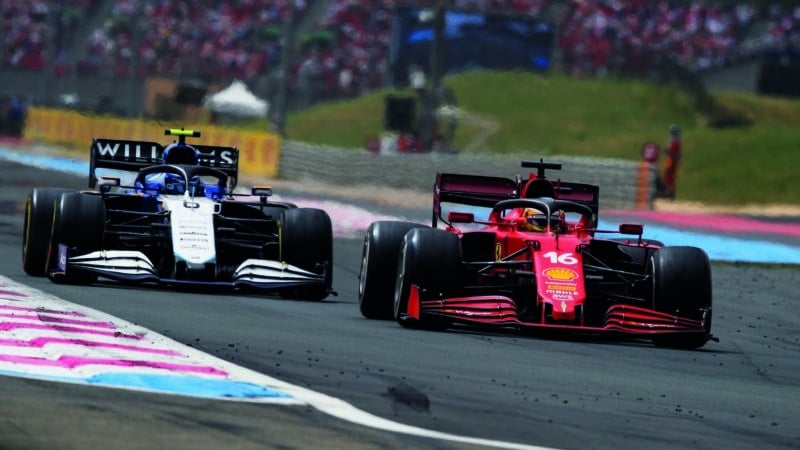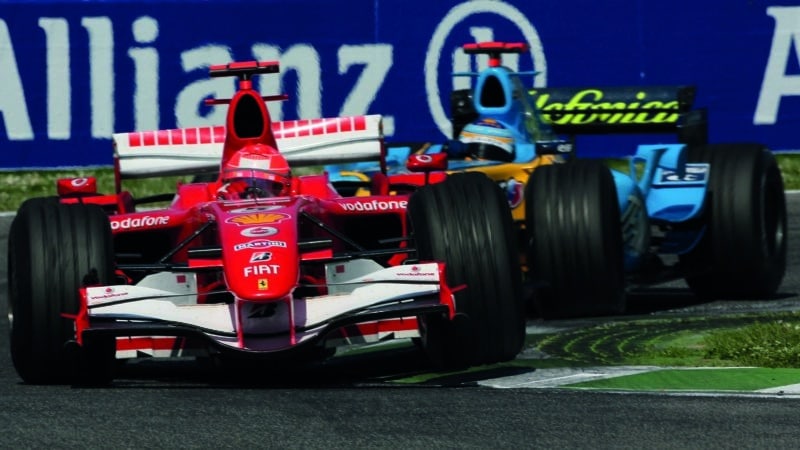Instead, the demands now are more multi-faceted. So we see more clearly the differences in attitudes and circumstances between drivers. Lewis Hamilton this year is often considered and calculated in his driving, working within the narrow parameters of his car, often driving off line from the car ahead, trying to keep his tyres cool. Verstappen we see hustling like crazy in a Red Bull that rewards such an approach, we see Leclerc stretching the elastic of possibility – and occasionally snapping it. Lando Norris has that great smart hustle in traffic, decisive and hard.
Which is better? Purist 2006 style or now? Personally, I prefer the former. I like the idea that there’s a higher ceiling only select few can reach. The top guys are still the top guys now and still emerge on top, but the margins are narrower, the ‘very goods’ can compete with the ‘greats’ more often. So the show is closer, even if the positions are still largely static barring a crucial in or out-lap. So it looks better, makes for better TV and isn’t without its merits, something which is so much more apparent now that Mercedes has got genuine competition from Red Bull. But the days when the greats were on the limit virtually the whole way rather than just in qualifying or for a few laps of ‘hammer time’ around the stops are gone. Which is a shame.




